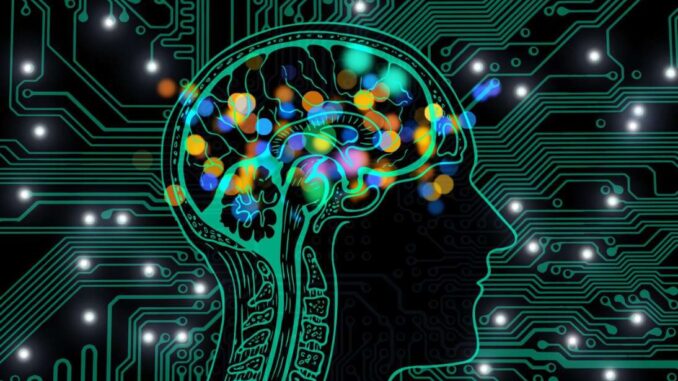
AI systems that assess occupancy patterns utilize advanced technologies such as machine learning, computer vision, and data analytics to monitor and analyze the presence and behavior of people in physical spaces.
These systems can help optimize energy consumption, improve safety, enhance user experiences, and inform design decisions in various environments, including homes, offices, schools, and public buildings.








Here’s a detailed look at how these systems work, their applications, and benefits:
### How AI Systems Assess Occupancy Patterns
1. **Data Collection**:
– **Sensors**: Various types of sensors are used, including motion detectors, infrared sensors, and pressure sensors, to gather data on occupancy.
– **Computer Vision**: Cameras equipped with computer vision algorithms analyze video feeds to detect and track the movement of individuals within a space.
– **IoT Devices**: Smart devices (like smart speakers or wearables) can provide additional insights into occupancy and movement patterns.
2. **Data Processing**:
– **Real-time Analysis**: AI algorithms process data in real time to determine occupancy levels, movement patterns, and behavior trends.
– **Historical Data Analysis**: By analyzing historical occupancy data, AI can identify patterns over different timescales (daily, weekly, seasonally) to forecast future occupancy trends.
3. **Machine Learning Models**:
– **Pattern Recognition**: Machine learning models can be trained on historical occupancy data to identify common patterns, such as peak usage times or unexpected usage anomalies.
– **Anomaly Detection**: AI can detect deviations from typical occupancy patterns, enabling proactive measures to be taken for safety and resource management.
### Applications of AI Systems Assessing Occupancy Patterns
1. **Energy Management**:
– **Smart HVAC Systems**: By knowing when rooms are occupied, HVAC systems can dynamically adjust heating, cooling, and ventilation, significantly reducing energy consumption.
– **Lighting Control**: AI can optimize lighting based on occupancy, turning lights on or off as necessary to save energy.
2. **Space Utilization**:
– **Workplace Optimization**: Businesses can use occupancy data to analyze how office spaces are utilized, allowing for better design and management of workspace (like hot desking or conference rooms).
– **Event Space Management**: Venues can optimize the arrangement and availability of spaces based on real-time occupancy data.
3. **Safety and Security**:
– **Emergency Response**: In the event of an emergency, occupancy detection can assist in ensuring that all individuals are accounted for and can provide insights into movement patterns for evacuation planning.
– **Intrusion Detection**: AI systems can identify unexpected occupancy during non-operational hours, alerting security personnel to potential breaches.
4. **Retail and Customer Experience**:
– **Retail Analytics**: Stores can assess customer occupancy and movement patterns to optimize product placement, staffing, and checkout processes.
– **Personalized Marketing**: Understanding customer behavior can lead to personalized marketing strategies, enhancing customer engagement and sales.
5. **Healthcare Facilities**:
– **Patient Monitoring**: In hospitals, occupancy patterns can be analyzed to optimize staff allocation, facility usage, and patient care services.
– **Infection Control**: Monitoring occupancy and movements can help manage and reduce congestion in waiting areas and public spaces, mitigating the spread of infections.
6. **Smart Cities**:
– **Urban Planning**: Data on occupancy patterns can inform urban planners on the usage of public spaces, helping to design better infrastructures, parks, and community areas.
– **Public Transport Optimization**: By analyzing occupancy patterns in public transport, cities can adjust routes and schedules to meet demand efficiently.
### Benefits of AI Systems Assessing Occupancy Patterns
– **Energy Efficiency**: Reduced energy consumption through smarter management of HVAC and lighting systems.
– **Cost Savings**: Lower operational costs due to optimized resource utilization and reduced energy bills.
– **Improved Comfort**: Enhanced user experience through better-controlled environments that cater to occupancy needs.
– **Data-Driven Decisions**: Organizations can make informed decisions based on accurate occupancy data and trends.
– **Safety Enhancement**: Increased safety and security through timely alerts and data on occupancy levels during emergencies.
### Conclusion
AI systems that assess occupancy patterns play a crucial role in optimizing spaces for energy efficiency, safety, and user comfort. By leveraging technology to gather and analyze data, these systems not only enhance operational efficiency but also contribute to sustainability goals by reducing unnecessary energy consumption and improving resource allocation. As technology continues to advance, the capabilities of these AI systems will evolve, offering even more innovative solutions across various industries.

Leave a Reply